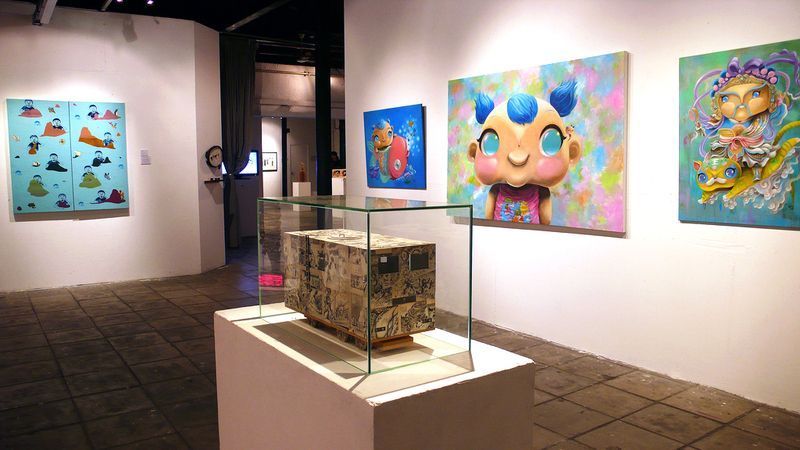Trends in the Art Market World

Current world events are causing hesitation in spending–buying patterns show some caution, but not when it comes to the arts.
Most art market reports for the second half of 2017 agree that current uncertainty in politics and economics is affecting high-end spending. People are turning to experts and data to guide their decisions, and statistics show a shift from buying art from auctions to art dealers.
Art dealers are closing 63% of art sales, while auction houses experienced a 19% decline in sales in 2017. Trust, transparency, and discretion are key factors that collectors seek in a dealer’s reputation.
Overall, the outlook for the global art market is increasingly positive for 2017 with an 18% increase in a positive outlook combined with an 8% decrease in negative opinions from 2016.
Mid-market prices between $10,000 and $50,000 see an uptick, while artworks over $1 million see a pullback.
Meanwhile, because of changing spending patterns, galleries are reserving high-dollar art pieces in their stock to avoid flooding the market and driving prices down. Buyers are feeling more confident with mid-market prices, and with this rise in optimism, collectors are purchasing more emerging, though riskier, artists.
The online marketplace is changing the game in a big way.
Auction houses are feeling pressured by smaller online auction platforms and new online marketplaces for selling art. Young collectors are open to risky, new endeavors, and are turning to social media to research new trends, engage with artists, and purchase artwork. Collectors, in general, find these new online technologies easier to engage directly with artists and find investment-worthy pieces at affordable prices.
Now is a great time to start collecting art, especially if you have a few favorite artists in mind.
Collecting art feeds passion in the heart—very few people collect art purely for financial returns. If you’ve been following a few artists but haven’t made a purchase yet, the current market is lively and strong.
While future economic factors will influence values and prices, these calculations don’t compare to the satisfaction in acquiring a piece that you love and can afford. Look to up-and-coming markets in Latin America and Russia, and continually growing sectors in Chinese and Asian art. American and European art are highly likely to increase.
And, if paintings are out of your price range, look for photography, new media, and installation art to gain popularity, especially among young collectors as they nurture their budding collections.
What conclusions can we draw from these findings?
It’s clear that the art market continues to hold strong, even with the changing social and economic landscapes. However, the market is also evolving, shifting more of the sales to online platforms where it is easier to discover and invest in emerging artists.
Via www.artworkarchive.com
Photo credit: Art Gallery in Hong Kong 2011, Creative Commons 2.0